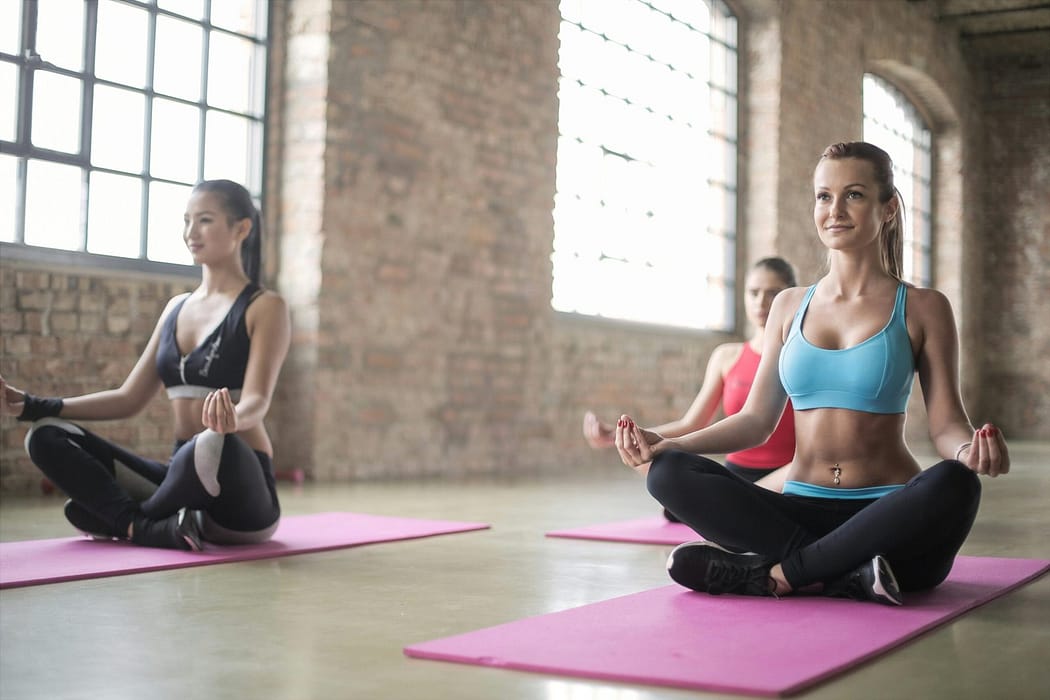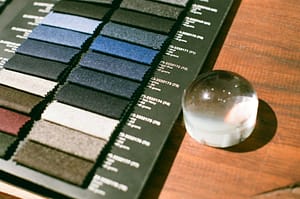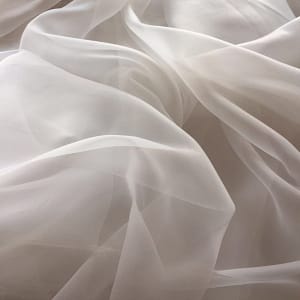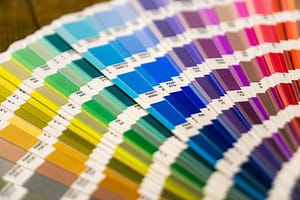Introduction
In the competitive activewear market, selecting the right fabric for yoga clothing is key to meeting consumer demands for comfort and performance. High-quality fabrics not only enhance the yoga experience but also improve durability and fit. This article explores the best fabrics for yoga wear, helping businesses choose materials that align with consumer expectations and drive brand success.
Key Qualities to Look for in Yoga Fabrics
When selecting fabrics for yoga wear, focus on the following essential qualities:
- Breathability: Fabrics that allow air circulation to keep wearers cool and comfortable during practice.
- Stretch & Flexibility: Materials like Lycra and Spandex that offer freedom of movement and maintain their shape.
- Moisture-Wicking: Fabrics like polyester and nylon that pull moisture away, ensuring comfort during intense sessions.
- Durability: Strong materials that withstand frequent use and washing, offering long-lasting value.
Top Fabrics for Yoga Wear and Their Benefits
Choosing the right fabric for yoga wear is crucial to ensure comfort, durability, and performance. Each fabric has its unique benefits, making it suitable for different yoga styles and consumer preferences. Here’s a look at some of the top fabrics used in yoga apparel and the key advantages they offer:
Lycra/Spandex
- Benefits: Lycra and Spandex are synonymous with stretch and flexibility, providing a snug fit that moves with the body. These fabrics offer excellent elasticity, allowing for a full range of motion during poses. Their moisture-wicking properties keep wearers dry and comfortable, while their durability ensures long-lasting wear, even during intense yoga sessions.

Polyester
- Benefits: Polyester is highly durable, resistant to wrinkles, and retains its shape well. It’s also moisture-wicking, making it ideal for hot yoga and intense physical activities. Its quick-drying nature keeps the wearer comfortable throughout practice, and the fabric’s strength ensures that yoga wear maintains its form over time.

Cotton (Organic)
- Benefits: Organic cotton is a natural fiber that offers breathability and comfort, making it ideal for yoga sessions in cooler environments or for those with sensitive skin. It’s soft, gentle, and biodegradable, making it an eco-friendly option. While it may not be as stretchy as synthetic fabrics, it is highly absorbent and comfortable for low-impact practices.
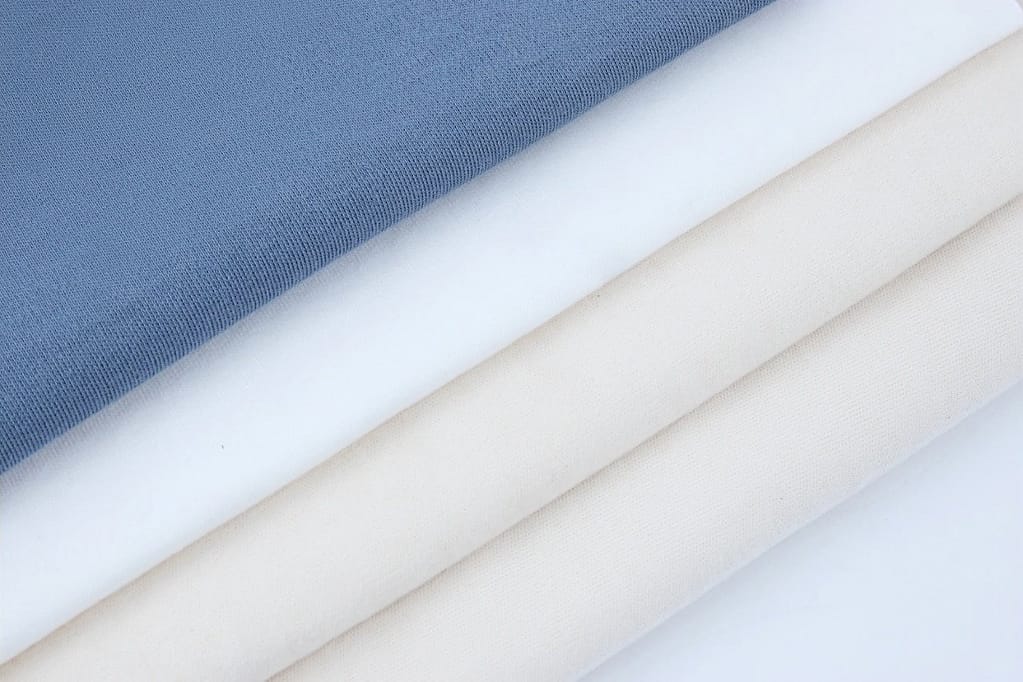
Bamboo Fabric
- Benefits: Bamboo fabric is naturally breathable, moisture-wicking, and antimicrobial. It’s perfect for yoga wear as it keeps the body cool and dry while preventing odors. Bamboo fabric is also soft, lightweight, and eco-friendly, making it a great choice for those who prioritize sustainability in their activewear.

Tencel/Lyocell
- Benefits: Tencel is an eco-friendly fabric known for its soft, luxurious feel. It’s made from sustainably sourced wood pulp and produced in a closed-loop system that recycles water and solvents. Tencel is highly breathable, moisture-wicking, and biodegradable, offering a comfortable and sustainable option for yoga wear.restorative yoga styles.
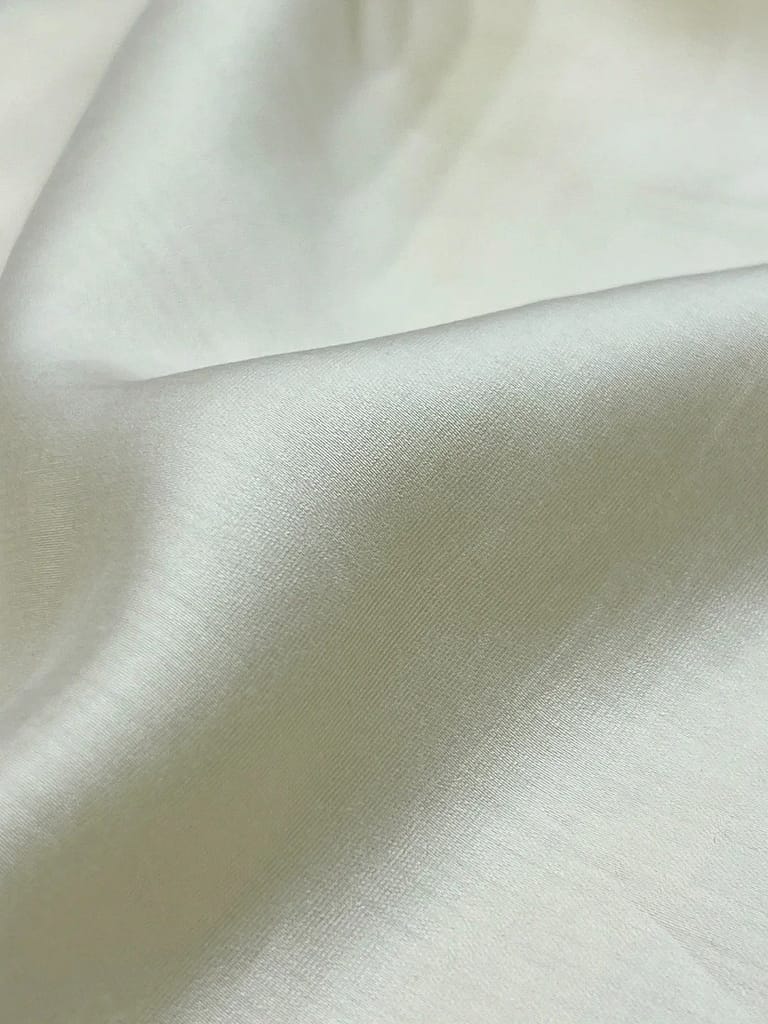
Hemp
- Benefits: Hemp is a strong, durable, and sustainable fabric that requires minimal water and pesticides to grow. It’s naturally breathable and moisture-wicking, making it ideal for yoga. Hemp also softens over time, offering increasing comfort with each wear. Its eco-friendly production process makes it a favorite for sustainable brands.

Nylon
- Benefits: Nylon is strong, lightweight, and moisture-wicking, which makes it ideal for high-performance yoga wear. It has excellent durability and retains its shape even after repeated use and washing. Nylon also has a smooth, sleek finish, which gives yoga clothing a modern and stylish appearance. It is resistant to abrasion, making it an excellent choice for yoga pants and leggings.
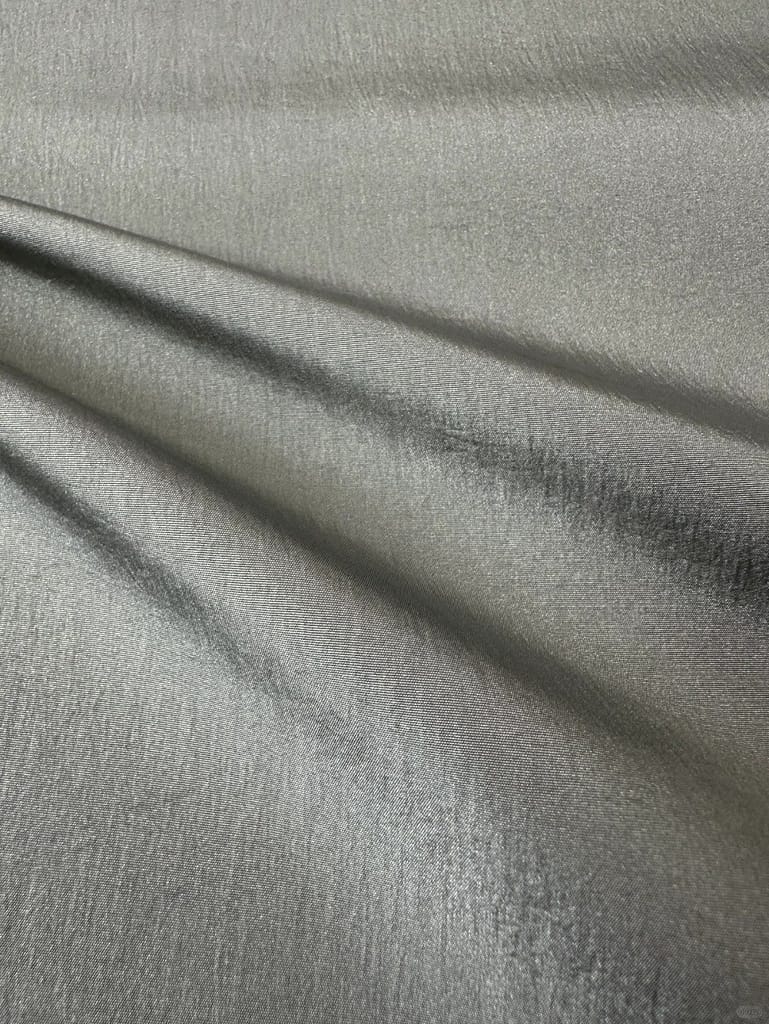
Recycled Polyester
- Benefits: Recycled polyester helps reduce waste by repurposing plastic bottles or other polyester products. It retains the same performance qualities as virgin polyester—durability, moisture-wicking, and quick-drying—but with a lower environmental impact. Recycled polyester is an excellent choice for brands looking to incorporate sustainability into their product offerings.
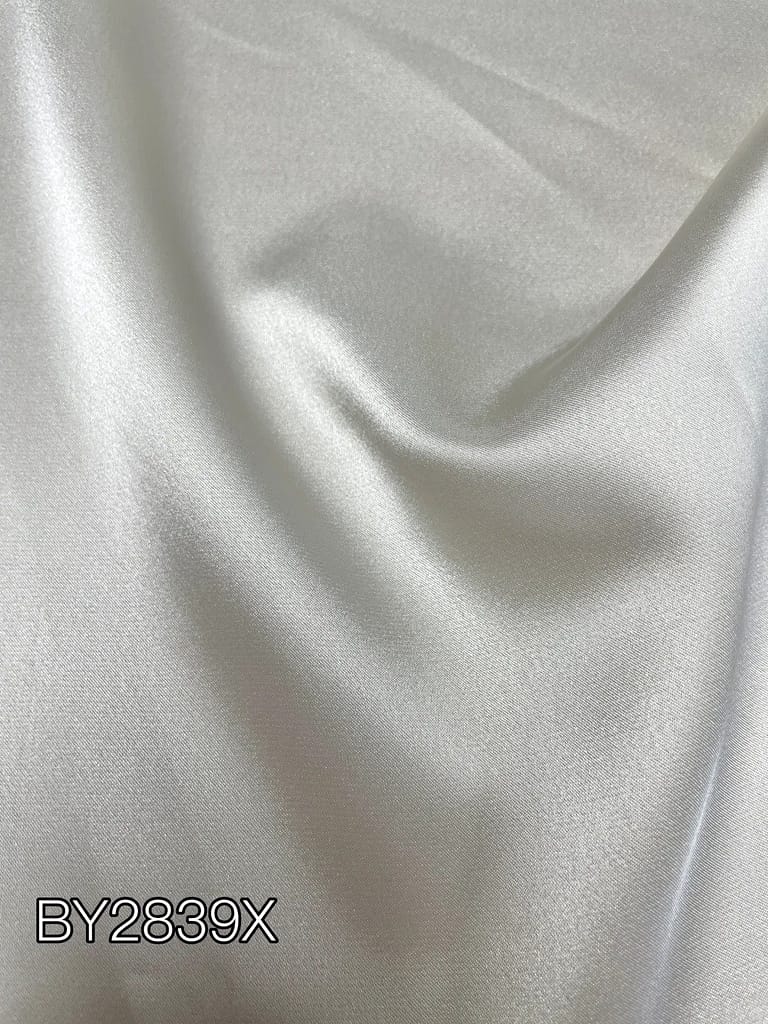
Choosing the Right Fabric for Your Yoga Line
When selecting fabrics for your yoga wear line, it’s important to match the fabric’s qualities with your target audience and the type of yoga they practice. Here are key considerations for making the best choice:
Understanding Your Audience
Consider the preferences of your target market. Are they beginners or advanced practitioners? Do they focus on high-intensity yoga or more relaxed, restorative practices? Understanding their needs will help you choose fabrics that meet their specific requirements. For example:
- High-intensity practitioners will prioritize stretch, moisture-wicking properties, and durability, making Lycra or Spandex blends ideal.
- Eco-conscious consumers may prefer sustainable options like bamboo fabric or Tencel for their environmental benefits.
- Sensitive skin or comfort-focused consumers may lean toward softer, breathable fabrics like cotton or bamboo.
The Type of Yoga
The style of yoga your apparel is designed for plays a major role in fabric selection:
- Vinyasa and Power Yoga: These dynamic practices require fabrics that offer flexibility, breathability, and moisture-wicking capabilities. Lycra, Spandex, and moisture-wicking blends are ideal.
- Yin and Restorative Yoga: For slower-paced practices, comfort and breathability take precedence. Cotton, bamboo, and Tencel offer the softness and gentleness needed for long-held poses.
- Hot Yoga (e.g., Bikram): Fabrics with excellent moisture-wicking and quick-drying properties like polyester or nylon work best in hot yoga conditions, as they help keep practitioners dry and comfortable.
Durability vs. Comfort
While durability is key for active wear, comfort is just as important for yoga. It’s essential to find a balance between these two aspects. Fabrics like Spandex and nylon are durable but may lack the softness of cotton or bamboo. By blending these fabrics with softer materials, businesses can provide both long-lasting wear and comfort.
Seasonal Considerations
The seasonality of your yoga line is another important factor. Lighter fabrics like cotton or bamboo are great for warmer weather, while polyester and nylon blends provide warmth and durability for cooler seasons.

Fabric Care and Maintenance
The longevity and performance of yoga apparel depend heavily on proper care and maintenance. Ensuring that consumers know how to properly care for their yoga wear can extend the life of the fabric, maintain its stretch and moisture-wicking capabilities, and keep it looking fresh. Here are some tips for different types of fabrics:
Lycra/Spandex/Elastic Blends
- Care Tips: Wash Lycra and Spandex in cold water on a gentle cycle. Avoid using bleach or fabric softeners as they can damage the fabric’s elasticity. Air drying is ideal to prevent the fabric from losing its shape or elasticity.
- Why It’s Important: Heat and harsh chemicals can break down the spandex fibers, reducing their stretch and causing the fabric to sag or lose its form. Proper care ensures the longevity of the fabric’s elasticity.
Polyester
- Care Tips: Polyester can be machine washed in cold or warm water. It is best to avoid high heat while drying, so air drying or low heat settings on a dryer are ideal. Polyester is resistant to shrinking but can trap odors, so a good wash cycle is important.
- Why It’s Important: Polyester is low-maintenance, but improper care can lead to wear and tear, especially if exposed to high heat. Regular washing will also maintain its moisture-wicking properties.
Cotton
- Care Tips: Wash cotton yoga wear in cold water to preserve its color and prevent shrinkage. Avoid fabric softeners, as they can affect the absorbency of cotton. Line drying or air drying is preferred to prevent any shrinkage.
- Why It’s Important: Cotton is prone to shrinking and can lose its softness over time with improper care. Avoiding high heat during drying and washing will keep the fabric in good condition.
Bamboo Fabric
- Care Tips: Bamboo fabric should be washed in cold water and air-dried to preserve its softness and moisture-wicking abilities. Avoid fabric softeners as they can affect the fabric’s natural properties.
- Why It’s Important: Bamboo is sensitive to high heat and harsh chemicals, which can damage its softness and moisture-wicking abilities. Proper care ensures bamboo fabric remains breathable and gentle on the skin.
Tencel/Lyocell
- Care Tips: Tencel is best washed in cold water on a gentle cycle. Air drying is recommended to avoid wrinkles and preserve the fabric’s softness. Avoid high heat when drying or ironing.
- Why It’s Important: Tencel is a delicate fabric, and exposure to high heat can affect its luxurious feel and smooth texture. Proper care helps maintain its moisture-wicking and breathable properties.
Hemp
- Care Tips: Hemp fabric should be washed in cold water and air-dried. While hemp is durable, it may soften with time and use, so avoid hot drying to prevent stiffness.
- Why It’s Important: Hemp becomes softer with wear, but high heat can cause it to lose its natural strength. Proper care ensures it stays comfortable and strong over time.
Nylon
- Care Tips: Nylon fabrics should be washed in cold water and air dried. It’s important to avoid harsh chemicals or high heat, as they can weaken the fabric.
- Why It’s Important: Nylon is a strong and durable fabric, but exposure to heat or chemicals can degrade its properties. Proper care ensures it retains its moisture-wicking abilities and smooth texture.
Conclusion
As the yoga wear market continues to expand, the importance of selecting the right fabrics becomes increasingly clear. The ideal fabric for yoga apparel should balance comfort, performance, sustainability, and durability, meeting the specific needs of yoga practitioners while also aligning with growing consumer demand for eco-friendly and ethically produced products.
By carefully considering fabric characteristics, audience preferences, and trends, yoga wear brands can create products that not only perform well during yoga practice but also reflect the values of sustainability, inclusivity, and ethical responsibility. As the market continues to evolve, staying ahead of fabric innovations and consumer demands will be key to building a successful and future-proof yoga apparel brand.

